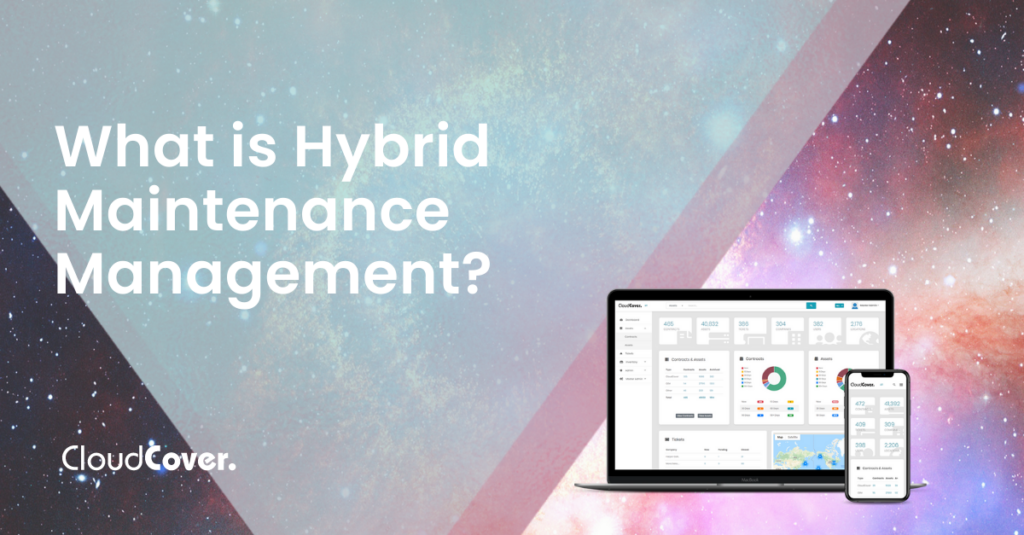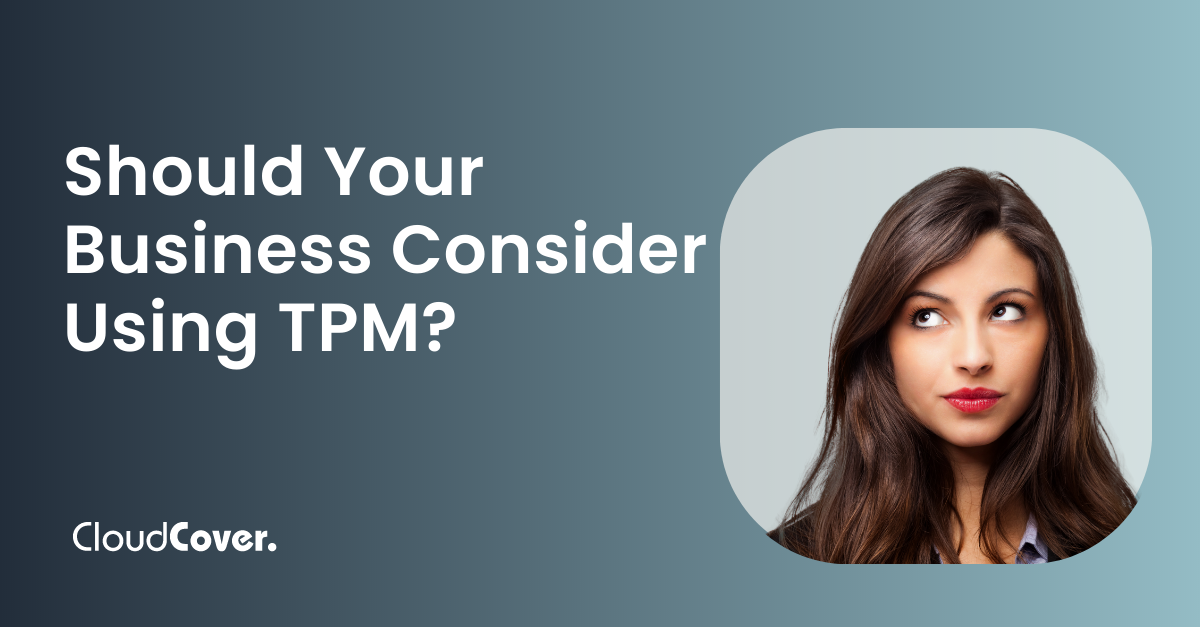- Services
Maintenance and Services
Explore Our Support
- Products
Products and Features
Explore Key Features
- Partners
- Industries
- Resources
Resources
Learn and Explore
- Log In
- Get Started

What is Hybrid Maintenance Management?
- 5 Minute Read
- Hybrid Maintenance Management
In this post:
How are you managing your maintenance contracts?
Traditionally, many companies managed their hardware maintenance by working exclusively with their OEM (Original Equipment Manufacturer) – the same manufacturer that sold them the equipment in the first place. This meant that whenever an asset had reached its EOL (end-of-life) – where the manufacturer was no longer able to support the equipment, or the maintenance cost to support it grew more expensive than buying new – new equipment was purchased.
As a result, a company could expect to experience a significant capital expense (CapEx) increase every 3-5 years, switching out equipment that was, for all intent and purposes, still working. To IT departments with shrinking budgets and growing demand, the question was clear, “Why throw equipment away when there’s nothing wrong with it?”
Outdated practices like this are unsustainable and create a negative financial impact against your company’s growth. That’s where Hybrid Maintenance Management comes in.
What is Hybrid Maintenance Management?
Hybrid Maintenance Management is a fairly new term in the IT industry that refers to the practice of combining original manufacturer and third-party maintenance solutions in order to cut down on costs, tailor maintenance plans specifically for your company, and optimize the level of service needed for each different asset. According to Gartner, “A hybrid maintenance strategy — using OEM authorized and OEM-independent maintenance — is becoming more common in the hardware support market, with a thriving ecosystem of independent support providers for server, storage, networking equipment. End-user customers are selectively using TPMs to cost-effectively extend the life of IT assets, control OEM-forced upgrades and save money.” [1]
Hybrid Maintenance Management is the next step in the quickly evolving modern world of IT maintenance.
Coverage
Hybrid Maintenance Management creates opportunities for cost savings, but adding additional vendors also adds more variables to manage. When dealing with a large variety of equipment on many contracts that include separate vendors and expirations dates, it’s important to have a place to centrally manage all this information.
An Excel sheet isn’t scalable and can often lead to human error, forgotten updates by an already busy account team, and no consistency around any of the customer information. There are other solutions to help normalize the data that comes with employing a Hybrid Maintenance Management strategy.
CloudCover’s platform keeps costs low not only through our dedicated team of professionals, but also by using algorithms, smart tracking, and AI to ensure that nothing slips through the cracks while you’re busy running your business. As we’ve said before, “An up-to-date, accurate inventory is crucial to creating a successful maintenance strategy and avoiding problems caused by unforeseen coverage gaps.”
Centralization
Getting all of these features available on a centralized platform helps you keep track of your investments – no matter how many different assets, vendors, or locations you may be managing – giving you a strategic advantage over your competitors who are likely struggling with data overload. CloudCover provides a platform that normalizes disparate maintenance data, including the contracts, end dates, and locations of your customers’s assets into a single, intelligent dashboard. It also creates custom alerts and can act as a service delivery partner, allowing Channel Customers to quickly expand their support options without a large internal investment. Services and quotes can be requested directly in platform. With CloudCover, a central repository for you can easily be extended into a sister platform for your enterprise clients, as well.
Customization
Channel Partners can use the platform internally to simplify and automate their contract management efforts. Or they can custom brand it and use it to convert their maintenance relationships into a recurring revenue, managed service business for their customers, increasing customer service and satisfaction.
With a platform custom-built for Channel Partners and their end users’ needs, the financial aspects of using a variety of maintenance providers are easily understood and opportunities for efficiencies (like consolidating contracts or co-terminating end dates) in a Hybrid Maintenance Management strategy becomes clear.
Next Steps
Whether you’re already utilizing Hybrid Maintenance Management or you’re planning to expand your service providers in the future, ensuring you have a plan to manage your contracts and vendors is an important planning step. Take a look at our recommended reading below and when you’re ready, reach out for a demo of what adding an intelligent maintenance management platform can do to help you streamline your IT maintenance.
Recommended Reading:
- 5 Common Challenges in Contract Management and How to Fix Them
- How Does Artificial Intelligence Benefit Your Business? | The Questions You Should Be Asking Your Smart Vendors
[1] Gartner, Market Guide for Data Center and Network Third-Party Hardware Maintenance, Rob Schafer, Christine Tenneson, Mike Toussaint, Daniel Bowers.



